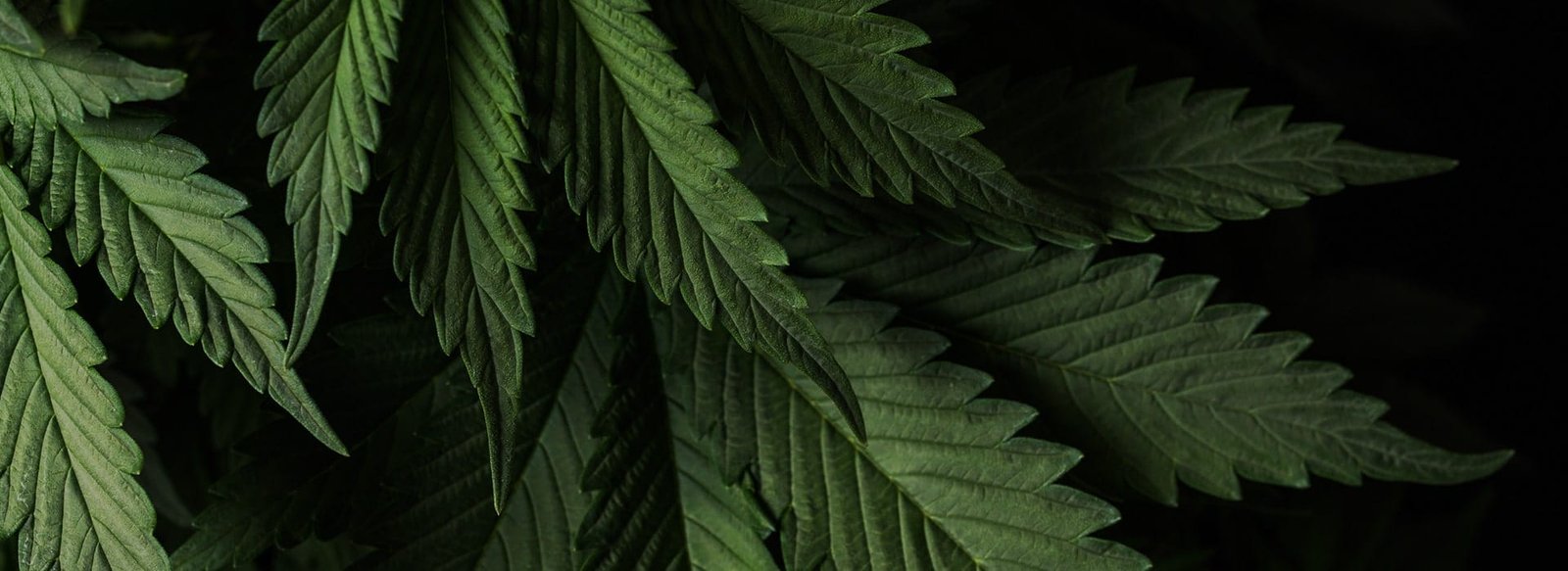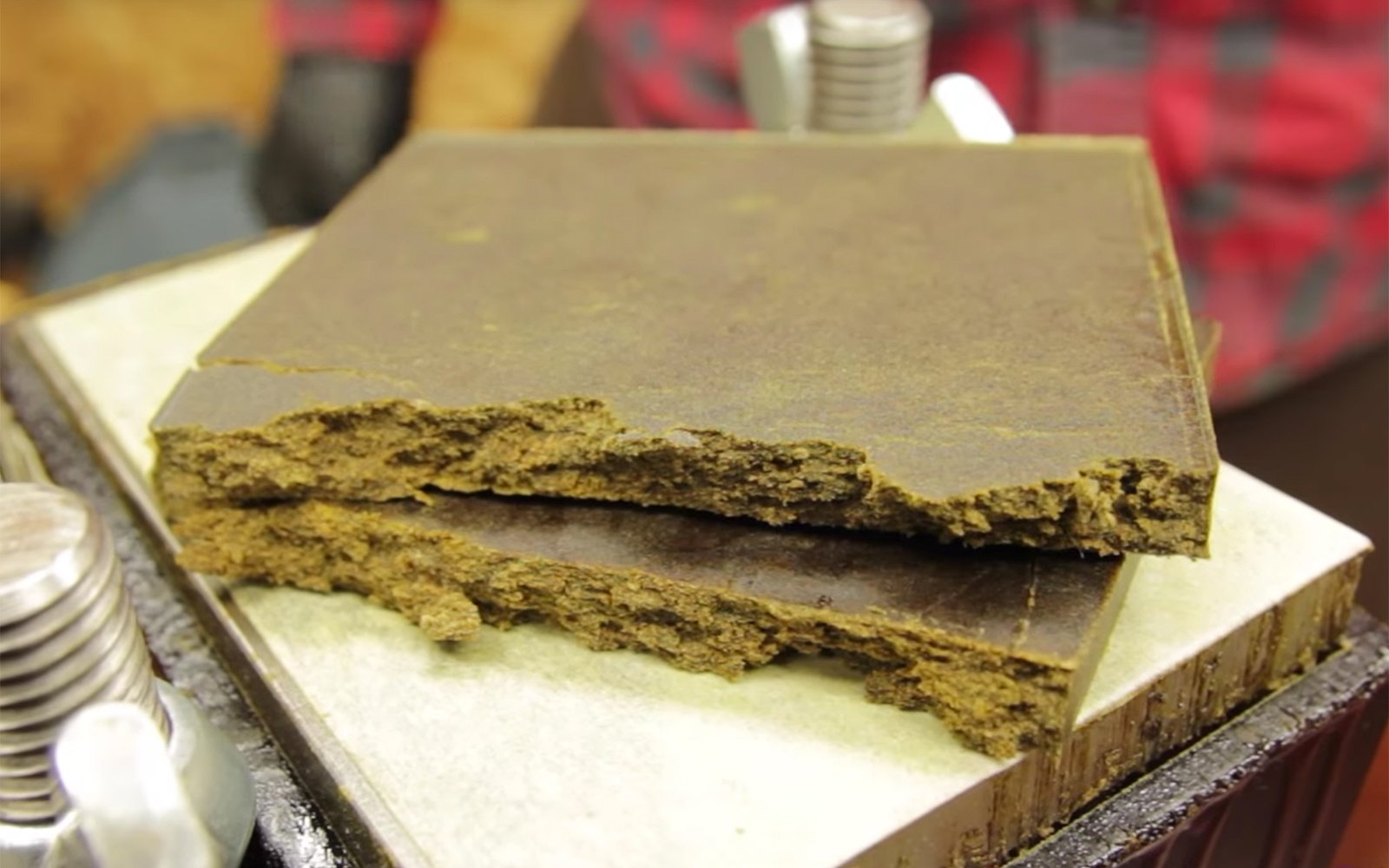
Blog
How to make dry sift hash: a solventless masterclass

Let’s make some dry sift hash and explore one of the purest forms of solventless cannabis extraction. In the remote valley of Covelo, Mendocino, legendary hashmaker Jerry Munn is keeping this tradition alive at First Cut Farms. A protégé of cannabis icon Dennis Peron and a collaborator of the late Frenchy Cannoli, Jerry has spent decades mastering the art of processing dry sift hash. Now, he’s passing that knowledge on to us—trichome by trichome.
What is dry sift hash?
Dry sift hash is a solventless concentrate made by gently separating trichomes from cannabis flower using a manual combination of tumblers, screens, and paint brushes. It’s then processed into bricks or temple balls using a combination of pressure and heat. No water, no solvents, or expensive tech necessary. When done correctly, dry sift offers a clean, full-spectrum experience that captures the essence of the plant, much like traditional hash from the Hindu Kush or Rif Mountains.
How First Cut Farms does it
The process begins by tumbling dried flower in a rotating drum made from a 150-micron mesh screen. As the drum turns, trichome heads fall away from the plant matter and collect below as a sandy golden powder. This is the first pass of many.
Next, the resin is hand-sifted again through a flat screen—also 150 microns—using a paintbrush to gently remove any leftover plant matter or impurities. It’s a meticulous process, with Munn pushing the trichome sand though endless figure eights. Greatness takes its time.
Munn’s artistry lies in refining the powder through multiple screens: first through a 125-micron mesh to remove oversized particles, then through a 63-micron mesh to push out the small contaminants like capitate stalks and small or damaged trichome heads. What’s left behind is pure gold: a soft, glittering powder of trichome heads in the ideal size range of 63 to 124 microns.
Bricking the hash
Once the resin is clean, it’s time to brick it up. At First Cut Farms, that means weighing it, warming it, and applying immense pressure to compact the powder into solid form. The result is a rich, dark, pliable block of dry sift hash—in this case, made from Black Cherry Gelato.
The brick has a smooth finish, with a bold, complex terpene profile that hits somewhere between cured flower and traditional hash. “It’s all there,” Jerry says, holding the finished piece in his hands. “The full expression of the plant.”
A lost art form
In a market dominated by rosin and live resin made from fresh-frozen, uncured plant matter, dry sift hash is becoming a lost art form. While it may take the novice market a while to come around, its clean, solventless nature—and its ability to preserve the cured plant’s full-spectrum profile—make it a favorite among purists and legacy heads alike.
The art of traditional hash-making is not just about getting high. It’s about honoring the plant, the strain, the terps, and the tradition. Dry sift delivers a potent, flavorful smoke that lands somewhere between the depth of traditional hash and the vibrancy of modern flower, giving you the most nuanced high possible.
So next time you see some dry sift from First Cut Farms on the shelf—grab it. And thank the hashmakers who still do it the hard way.
